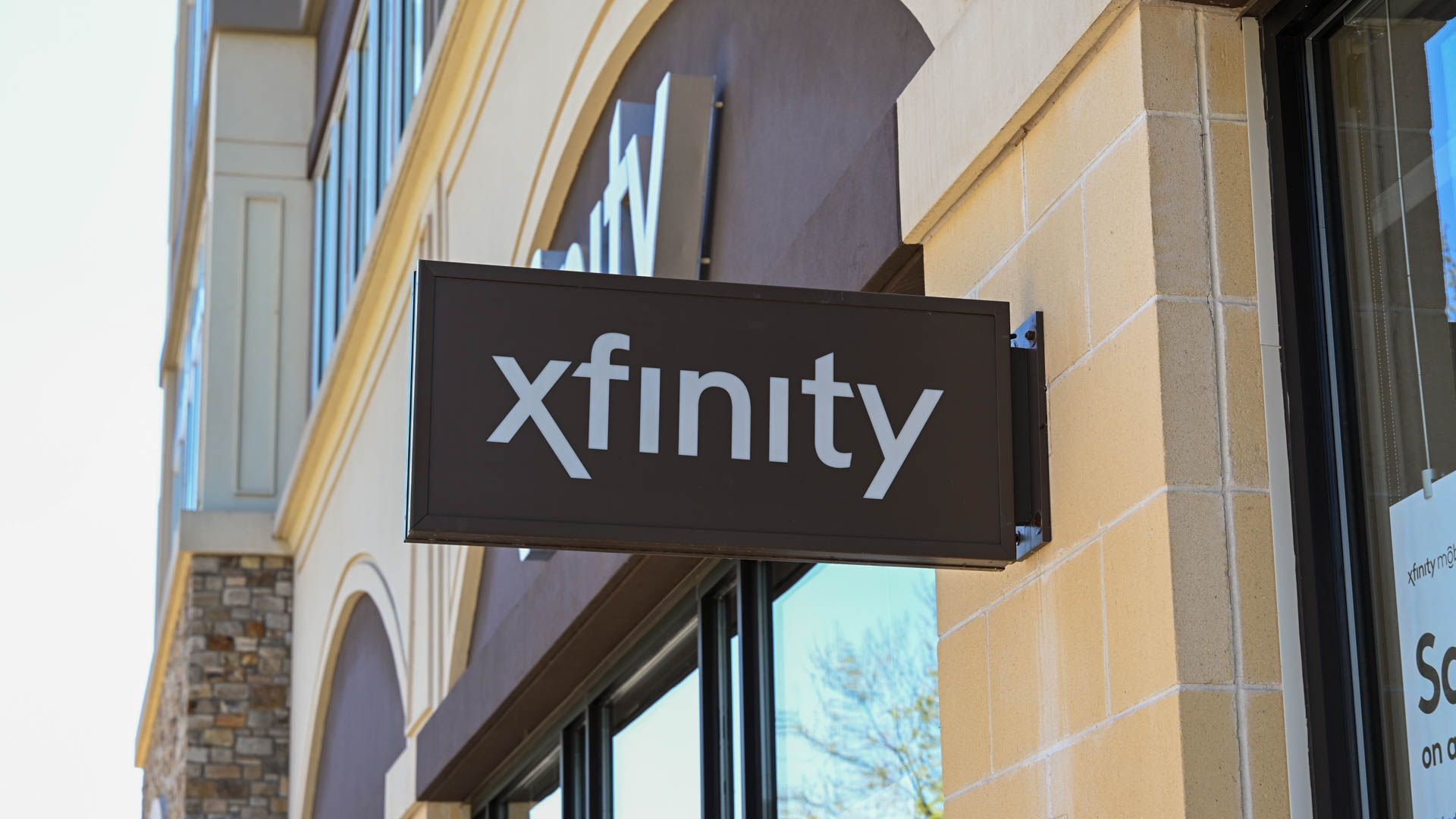Comcast is introducing a new type of internet technology called “ultra-low lag” in some cities. This technology will improve the quality of users’ internet by reducing delays in data transmission rather than just offering faster internet speeds.
This is like sending a package across the country. Faster internet speeds is like using a bigger truck to carry more packages at once. Ultra-low lag technology, however, focuses on making the delivery of each package faster, reducing the time it spends in transit and waiting at various points along the way. This means that even if you’re not sending more data, the data you are sending arrives more quickly, resulting in a smoother, more responsive experience for activities like video calls or online gaming.
L4S helps manage data packets by adding signals that show if there’s congestion or delays in the network. This way, devices can change how they send data to reduce or even eliminate congestion. While L4S doesn’t actually speed up data travel, it helps cut down on delays caused by congestion, making it feel like data is moving faster.
The first cities to get the new technology are Atlanta, Chicago, Colorado Springs, Philadelphia, Rockville in Maryland, and San Francisco. Comcast worked with Apple, Nvidia, and Valve to test it. Apple devices have been compatible with this technology since iOS 17 and macOS Sonoma. Some of the first uses include FaceTime, Nvidia’s GeForce Now, various games on Steam, and apps for Meta’s mixed reality headsets. The technology is meant to be an open standard so other companies can use it in their products.
Comcast has reported a big drop in internet lag during tests, with an average reduction of 78% during regular home usage. The company believes that users will notice these improvements. This new low-lag technology is expected to eventually be available to all Xfinity internet customers. This technology has a major advantage over options like 5G home internet, which may slow down under heavy network use.





